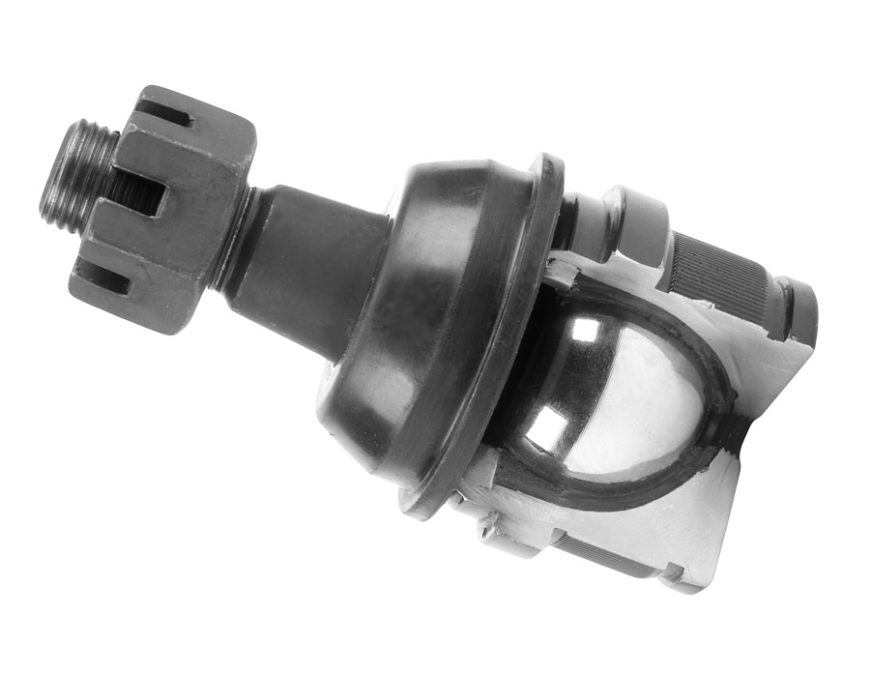Replacing a ball joint is essential for maintaining the proper functioning of your vehicle’s suspension system. Over time, ball joints can wear out, leading to poor steering and handling. It’s crucial to address any issues promptly to ensure safe driving.
By following these steps, you can effectively replace a ball joint and enhance the performance and safety of your vehicle. Regular maintenance of ball joints is vital for the overall health of your vehicle’s suspension system.
Proper replacement ensures smooth and responsive steering, ultimately leading to a comfortable and safe driving experience.
How Often Replace Ball Joints
When it comes to ball joints, they typically need to be replaced every 70,000-150,000 miles, but this can vary depending on driving conditions. It’s important to inspect them regularly for any signs of wear and tear and replace them promptly to ensure safe driving.
Ball Joint Replacement Frequency
Ball joints are crucial components of a vehicle’s suspension system, providing flexibility and movement within the steering mechanism.
Over time, these components can wear out, leading to potential safety hazards and compromised driving performance.
Therefore, it is essential to understand the frequency of ball joint replacements to maintain the overall integrity of your vehicle.
Signs For Replacement
- Unusual Noises: Any clicking or popping sounds while turning or going over bumps indicate potential ball joint issues.
- Uneven Tire Wear: Ball joint problems can lead to irregular tire tread wear, requiring replacement to prevent further damage.
- Wandering Steering: If the steering feels loose or exhibits drifting tendencies, it may indicate worn ball joints.
- Visible Wear and Tear: Always visually inspect the ball joints during routine maintenance to look for signs of damage or deterioration.
Replacement Mileage
The replacement interval for ball joints may vary depending on driving conditions and the type of vehicle. However, as a general guideline, it is recommended to inspect ball joints every 50,000 miles and consider replacement if necessary. Additionally, regular monitoring can help in detecting early signs of wear and prevent potential failures while driving.
Maintenance Tips
- Lubrication: Regularly lubricate ball joints according to the manufacturer’s recommendations to prolong their lifespan and ensure smooth operation.
- Suspension Inspection: During routine maintenance, include a thorough inspection of the suspension system, including the ball joints, to catch any issues early on.
- Professional Examination: Have a certified mechanic inspect the ball joints whenever you notice any of the signs mentioned above, ensuring timely and accurate assessments.
By understanding the signs for replacement, recommended mileage for replacements, and essential maintenance tips, you can ensure the longevity and reliability of your vehicle’s ball joints.
Regular monitoring and proactive maintenance not only enhance safety but also contribute to the overall performance and driving experience.
Do I Need An Alignment After Replacing Ball Joints
When replacing ball joints, it’s essential to have an alignment done afterward. This ensures the proper alignment of the wheels and prevents uneven tire wear. Ignoring this step could lead to handling issues and premature tire damage.
Replacing ball joints is an essential aspect of vehicle maintenance and can greatly impact the alignment of your car. Let’s explore whether an alignment is necessary following this repair.
Importance Of Alignment Post Ball Joint Replacement:
- Ball joint replacement can alter the suspension geometry, leading to misalignment.
- Misalignment can result in uneven tire wear, reduced steering control, and compromised vehicle safety.
- Alignment ensures that the wheels are correctly positioned, maintaining optimal contact with the road surface.
Signs That Alignment Is Required:
- After ball joint replacement, if you notice uneven tire wear or the vehicle pulling to one side, alignment is likely needed.
- Vibrations in the steering wheel or the vehicle not tracking straight are indicators that an alignment is necessary.
Benefits Of Post-replacement Alignment:
- Restored steering stability and control, resulting in improved driving experience.
- Enhanced tire longevity, maintaining optimal contact with the road and reducing the need for premature replacements.
- Ensures the vehicle operates at peak performance, with aligned wheels promoting even weight distribution.
With proper alignment post-ball joint replacement, you can ensure your vehicle’s safety, performance, and longevity. Always monitor the signs and symptoms that indicate the need for an alignment and consult a professional to guarantee your vehicle’s optimal functioning.

Credit: www.autozone.com
Final Word
In closing, replacing a ball joint is a crucial task for maintaining vehicle safety. By following the steps outlined in this guide, you can ensure a smooth and hassle-free process.
Regular maintenance and prompt replacement of worn ball joints will prolong the lifespan of your vehicle and keep you and your passengers safe on the road.
